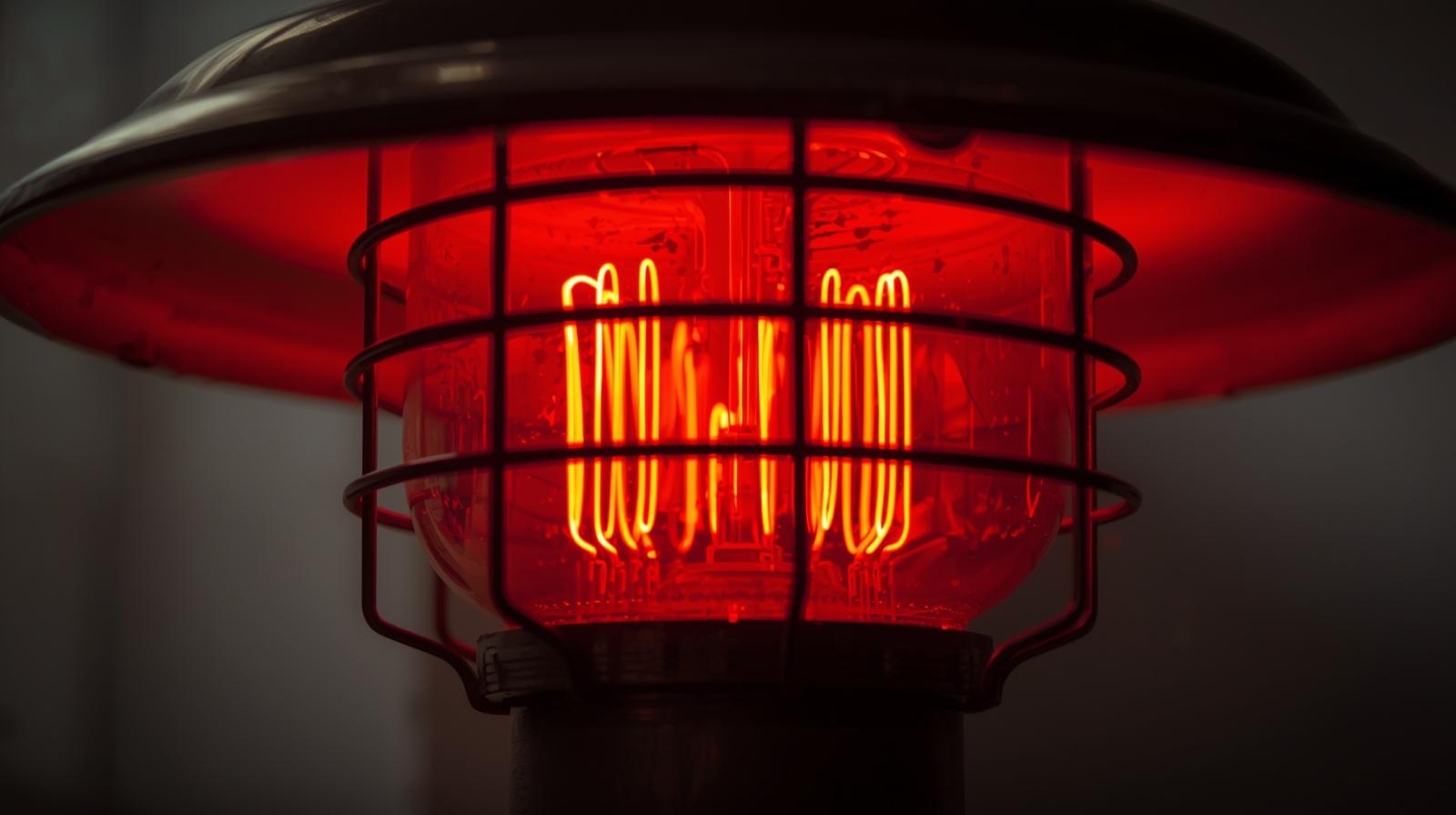.jpg)
DIY Home Bar Plans: Build Your Perfect Indoor & Outdoor Entertaining Space
DIY Home Bar Plans: Build Your Perfect Indoor & Outdoor Entertaining Space
Home entertaining has moved beyond the living room. Today, homeowners are looking for dedicated zones—both inside and outside—that transform a simple get-together into an event. Building a custom bar, whether it's a sleek outdoor oasis or a cozy indoor nook, is one of the highest-impact upgrades you can make to your hosting capabilities.
At Haslett Handyman, we specialize in helping homeowners expand their usable living spaces. Here are our essential tips and plans for planning, building, and integrating the perfect bar into your indoor or outdoor remodel.
The Ultimate Outdoor Host Zone: Planning Your Backyard Bar
An outdoor bar is the centerpiece of any great patio, deck, or general outside host remodel. The biggest challenge here is durability—your structure must withstand Michigan weather while remaining functional and stylish.
1. Durability is Key: Material Selection
Never use interior-grade wood or finishes outdoors. Focus on materials that resist moisture, rot, and UV damage:
- Structure: Use pressure-treated lumber for the framing, which forms the core of the bar.
- Surfaces/Cladding: Opt for cedar, redwood, or high-quality composite decking boards for the bar top and front panels. Composites are virtually maintenance-free.
- Countertops: Granite, concrete, or tile are superior choices for the bar top as they can handle direct sun and spills better than wood.
2. Strategic Placement and Plumbing
Consider proximity to your kitchen. Running a sink or refrigerator line can dramatically increase your bar's functionality, but it also adds complexity.
- Near the House: Placing the bar against the house simplifies power and water access, but may require coordinating with existing siding or masonry.
- The Island Bar: A standalone island bar (without plumbing) is simpler to build and requires only electrical conduit for lighting and small appliances (like a mini-fridge).
- Host Area Integration: Design the bar to seamlessly connect to other outdoor elements—a grill station, a fire pit area, or the deck railing—to create a natural flow for guests.
3. Essential Outdoor Bar Elements
- Overhang: Ensure the bar top has a comfortable overhang (10-12 inches) to allow for knee space when sitting on stools.
- Storage: Include closed cabinets or covered shelving to protect glassware, bottles, and bar tools from the elements.
- Power: Install ground-fault circuit interrupter (GFCI) outlets for blenders, phone chargers, and lighting.
Maximizing Small Spaces: Building the Indoor Bar Nook
You don’t need a dedicated basement room to have an indoor bar. A well-designed bar nook can utilize existing kitchen space, a hallway alcove, or even a small portion of a dining room.
1. Convert Existing Cabinetry
The fastest way to build an indoor bar is to convert a section of existing lower kitchen cabinets or a spare buffet.
- Remove Doors: Take off upper cabinet doors to create open shelving for display.
- Lighting: Install under-cabinet LED strip lights to dramatically highlight glassware and bottles.
- Backsplash: Add a small, decorative backsplash (tile or wood paneling) to define the nook and protect the wall from spills.
2. Finishing: The Key to Indoor Elegance
Unlike outdoor bars that prioritize ruggedness, indoor bars are all about the finish. If you’re using wood—whether for the counter, shelving, or the cabinet faces—the application of a quality finishing glaze is crucial. This provides durability, depth of color, and protection.
- Pro Tip: For a classic, high-end look, match the wood glaze and tone of your bar to other nearby wood features, such as existing trim or built-in cabinets, to ensure aesthetic continuity.
3. Vertical Storage Solutions
Indoor bars often utilize vertical space for efficiency:
- Floating Shelves: Install chunky, decorative floating shelves for bottle and glass storage.
- Stemware Racks: Use under-shelf racks to hang wine glasses, saving valuable shelf space.
- Pull-Out Drawers: Convert a standard cabinet base into a pull-out drawer specifically for cocktail tools and accessories.
Ready to Start Your Bar Build?
Whether you're tackling structural masonry for a stone outdoor kitchen or perfecting the wood glaze on an interior cabinet bar, proper planning is the difference between a functional space and a true showpiece.
At Haslett Handyman, we handle everything from basic plumbing hookups and electrical work to specialized wood finishing and cabinet installation. If you're in the Greater Lansing area and ready to build your perfect host zone, contact us today for a consultation and a free, no-obligation estimate!
Don't just host—be the host everyone remembers.
.jpg)

